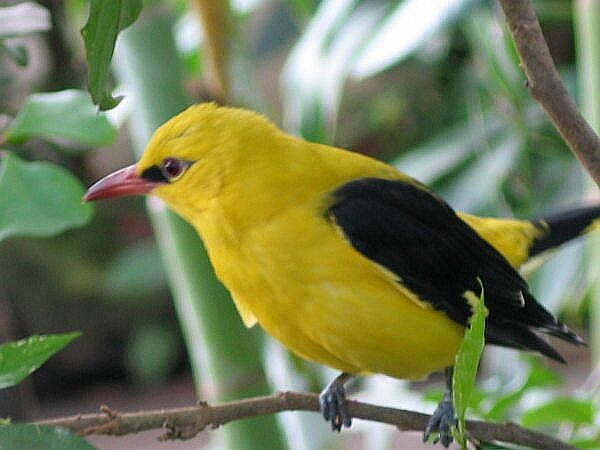Facts About Eurasian golden oriole
The Eurasian golden oriole, commonly known as the golden oriole, is a striking songbird that breeds in temperate regions of the Northern Hemisphere. Each year, these birds undertake an extensive migration, journeying between Europe, western Asia, and the warmer climates of central and southern Africa. Due to their extensive range and stable populations, BirdLife International has classified them as a species of least concern.
First described by Carl Linnaeus in 1758, the Eurasian golden oriole was initially given the scientific name Coracias oriolus. Although it was once considered the same species as the Indian golden oriole, it is now recognized as a distinct species. The name "oriole" derives from the Latin word for golden, an homage to the bird's vivid coloration. The Eurasian golden oriole is a monotypic species, meaning it does not have any subspecies, and it is also known by names such as the European golden oriole and the western Eurasian golden oriole.
Male golden orioles are easily recognizable due to their vibrant black and yellow plumage, whereas females exhibit more subdued colors. Despite their bright feathers, these birds are quite elusive, often remaining hidden high in the tree canopy. You might hear them before you see them: their calls resemble a jay's screech, but their song is a delightful, flute-like melody.
Eurasian golden orioles are found from western Europe to China, wintering in central and southern Africa. They prefer habitats such as open broadleaf forests, plantations, orchards, and woodlands. Their migration occurs at night, and they rely heavily on fruit to sustain them during the autumn months.
When breeding, Eurasian golden orioles construct cup-shaped nests high in the trees. A typical clutch contains 3-5 eggs, primarily incubated by the female. The chicks usually fledge about 16-17 days after hatching. These birds have a diverse diet, consuming both insects and fruit.
The Eurasian golden oriole's captivating behaviors related to breeding, feeding, and migration make it a fascinating subject for bird watchers and ornithologists alike.

 Russia
Russia